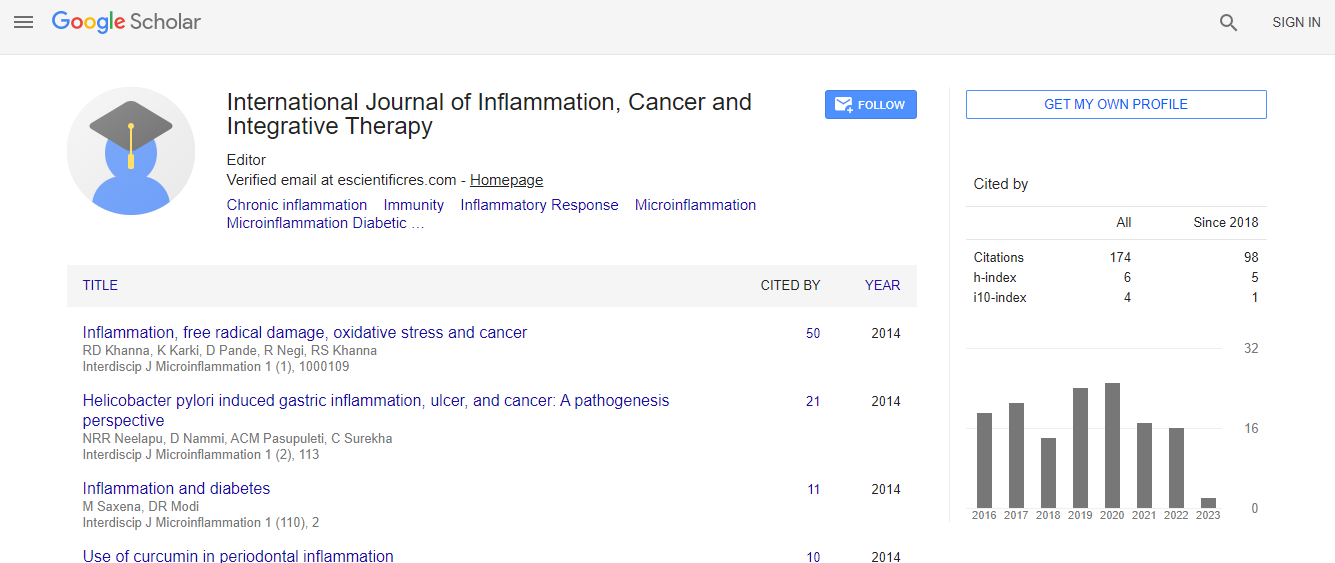Research Article
Comparation Aspect of Scoring Indexes betweens Osteoarticular Scores, Sharps Radiographic Indexes in Patients with Rheumathoid Arthritis Patients
Dejan Spasovski*Department of Rheumatology, University Clinical Centre, Skopje, Republic of Macedonia
- *Corresponding Author:
- Dejan Spasovski
Department of Rheumatology
University Clinical Centre
Skopje, Republic of Macedonia
Tel: 389023147147
Email: drspasovski@yahoo.co.uk
Received date: April 15, 2015; Accepted date: June 22, 2015; Published date: June 28, 2015
Citation: Dejan S (2015) Comparation Aspect of Scoring Indexes betweens Osteoarticular Scores, Sharp’s Radiographic Indexes in Patients with Rheumathoid Arthritis Patients. Interdiscip J Microinflammation 3:133. doi: 10.4172/2381-8727.1000133
Copyright: © 2015 Dejan S, et al. This is an open-access article distributed under the terms of the Creative Commons Attribution License, which permits unrestricted use, distribution, and reproduction in any medium, provided the original author and source are credited.
Abstract
Introduction: There are numerous radiographic scoring methods in Rheumathoid Arthritis (RA). The scoring method Sharp/van der Heijde (SHS) is considered “a gold standard” for the assessment of the disease progression in RA. It is reliable but complex scoring method, which is time consuming and is used by well trained readers. The simple erosion narrowing score (SENS) was derived from the SHS method as an easier, quicker and reliable method for joint lesions scoring.
Aim: The aim of the present work was to use and evaluate the SENS method, for the first time in Macedonia, in comparison with SHS, and to test the agreement between the readers for the two scoring methods, in a group of patients with established RA.
Materials and methods: Evaluation of the patients included collection of demographic and clinical data, physical examination and calculation of the 28-joint disease activity score, (DAS-28). Laboratory tests and bilateral radiographs of the hands, wrists and feet were done in each of the patients. The radiographs were scored in pairs by two independent readers: rheumatologist and experienced radiologist.
Results: The study group consisted of 54 RA patients. The mean age of the patients was 54.4 years. The average duration of the disease was 4.74 years with the mean DAS 28 score 5.0.The average radiography scores read by the rheumatologist and radiologist were 43.7 vs.38.4 with the total SENS and 70 vs. 72 for the total SHS method. The interobserver reliability, calculated by the intraclass correlation coefficient (ICC) was 0.77 for SENS and 0.88 for SHS score.
Conclusion: The performances of SENS method were good and the reading was very fast and easy. The agreement between the readers was higher for the more detailed SHS score.

 Spanish
Spanish  Chinese
Chinese  Russian
Russian  German
German  French
French  Japanese
Japanese  Portuguese
Portuguese  Hindi
Hindi 
